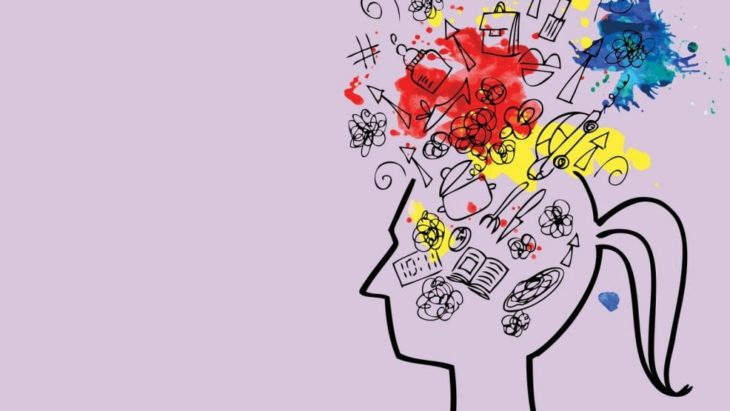Neuro-linguistic programming (NLP) is a way of changing someone’s thoughts and behaviors to help them achieve certain outcomes.
Since the first time introduced in 1970, neuro-linguistic programming has seen massive popularity. NLP includes treatment of phobias and various anxiety disorders, as well as improvements to workplace performance and personal happiness.
What exactly is NLP?
NLP uses techniques that focus on perception, behavior, and communication to make it easier for people to change their thoughts.

source: jumboliving.com
Although NLP relies on language processing, it should not be confused with natural language processing.
Richard Bandler and John Grinder developed NLP and believed that it was possible to identify certain patterns of thoughts and behavior of successful people and teach those patterns to others.
How does exactly NLP work?
NLP is hard to define, but it is founded on the idea that people operate by internal maps of the world, which they learn through sensory experience.
NLP is not hypnotherapy and tries to modify out unconscious biases and limitations through the constant use of language to bring changes to someone’s thoughts and behavior.

source: medicalnewstoday.com
It is very hard to explain, but for an example, a central feature of NLP is the idea that everyone is biased towards one sensory system. This system is known as Preferred Representational System, or PRS for short. Using this idea, therapists can detect this system through the use of language. Phrases such as “ I see your point” or “I hear your point” can trigger a signal of PRS. By identifying a person’s PRS, NLP practitioners can base their therapeutic framework around it.
Techniques
Neuro-language programming can be considered as a broad field of different techniques that include some of the following:
- Anchoring- Turns sensory experiences into triggers for certain emotional states
- Rapport- NLP practitioners will tune into the person by matching his physical behaviors in order to improve communication and response
- Swish pattern- Changing someone’s behavior or thoughts in order to get the desired outcome
- Visual/kinesthetic dissociation (VKD)- Technique which tries to remove negative thoughts and feelings associated with someone’s past
Does NLP work?
Determining whether NLP works is more challenging than it sounds. NLP has not seen the same standard of scientific rigor such as more established therapeutic techniques, such as Cognitive Behavioral Therapy.
Scientific research on the use of NLP has produced mixed results.
A study published in the journal Counselling and Psychotherapy Research has found that psychotherapy patients had improved symptoms and better life quality after having Neuro-language programming compared to a control group.

source: healthination.com
Other studies, however, published in The British Journal of General Practice has found that NLP was less favorable compared to other techniques.
Since 1970, NLP has been the target of criticism for lacking evidence to support it, and a paper published in 2009 found that after almost three decades, NLP still has non-credible theories and evidence for its effectiveness.
In 2010 the theories of NLP were tested with 33 studies. And out of those 33, only 18 % were found to support NLP.
Conclusion
NLP has seen massive popularity, and practitioners use it for different fields and contexts. However, the broad ideas of NLP and the lack of formal monitoring body means that the methods of quality of practice can differ massively. Furthermore, clear evidence to support the effectiveness of NLP hasn’t yet emerged.

source: pagedesignpro.com
